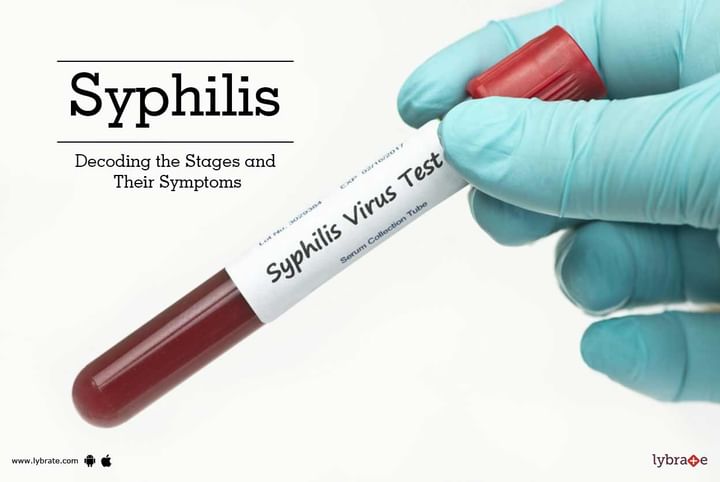Syphilis - Decoding the Stages and Their Symptoms
Syphilis is one of the most common STD and can affect both men and women. This bacterial infection can be easily treated, but if left unattended it can cause serious problems. Syphilis can be caught by mere skin to skin contact with an infected person’s genitals or mouth. Hence even if you do not have intercourse with an infected person, you can still get infected from them. If a woman who is pregnant gets infected with this disease, she could pass it on to her unborn child as well.
A person suffering from syphilis may not always exhibit symptoms of the disease. This disease goes through active as well as dormant phases with symptoms being present only in the former. Even its dormant phase, this disease can be transmitted from one person to another.
There are four stages of syphilis and each of them have their own symptoms.
- Primary stage: In its first stage, syphilis is marked by the presence of open sores called chancres. This can occur in the mouth, genitals are or around the anus. It can also be seen in other parts of the body where bacteria may have entered the body. These chancres are painless and may be accompanied by a swelling of the lymph nodes around it. This is the most contagious stage of the disease. Without treatment, these sores will resolve themselves in 3-6 weeks but the syphilis bacteria itself will remain in the body.
- Secondary stage: Anywhere between 2 weeks to 12 weeks after coming in contact with the bacteria, this infection may move into its second phase or secondary stage. At this point, you will notice a rash on your skin. This rash can be seen as a collection of small, flat or raised skin sores along with small, open sores on mucous membranes. These sores may contain pus. Dark-skinned people may notice that these sores are lighter than the surrounding skin. Along with this, the patient may also have fever, a sore throat, headaches, weakness, irritability and suffer from weight loss.
- Latent stage: Once the rash clears, this disease moves into its dormant or latent phase. This is also known as the hidden stage and can last anywhere from 1 to 20 years. It is very difficult to diagnose syphilis in this stage as there are no visible symptoms.
- Late (tertiary) stage: If the disease is not diagnosed and treated by the time it reaches this stage, it can cause a number of serious health problems. This includes blindness, cardiovascular problems, mental disorders and even death. If you wish to discuss about any specific problem, you can consult a doctor and ask a free question.



+1.svg)
